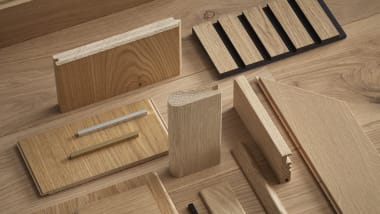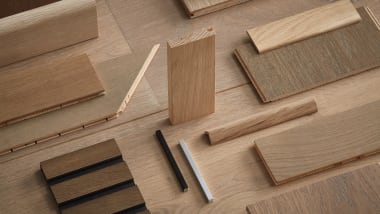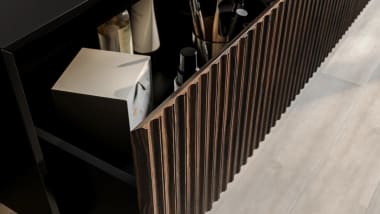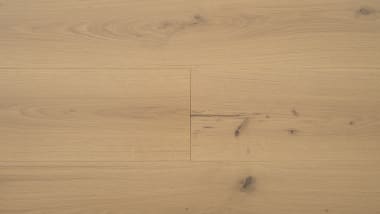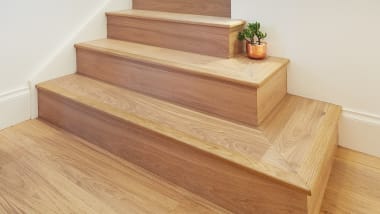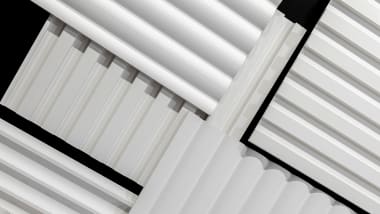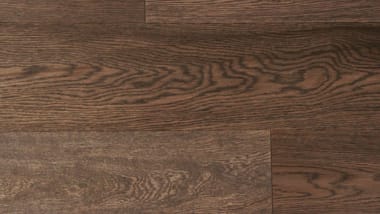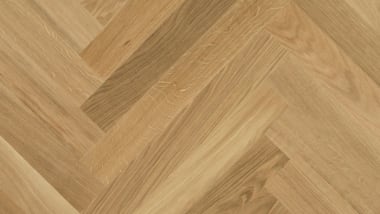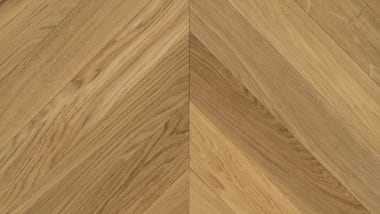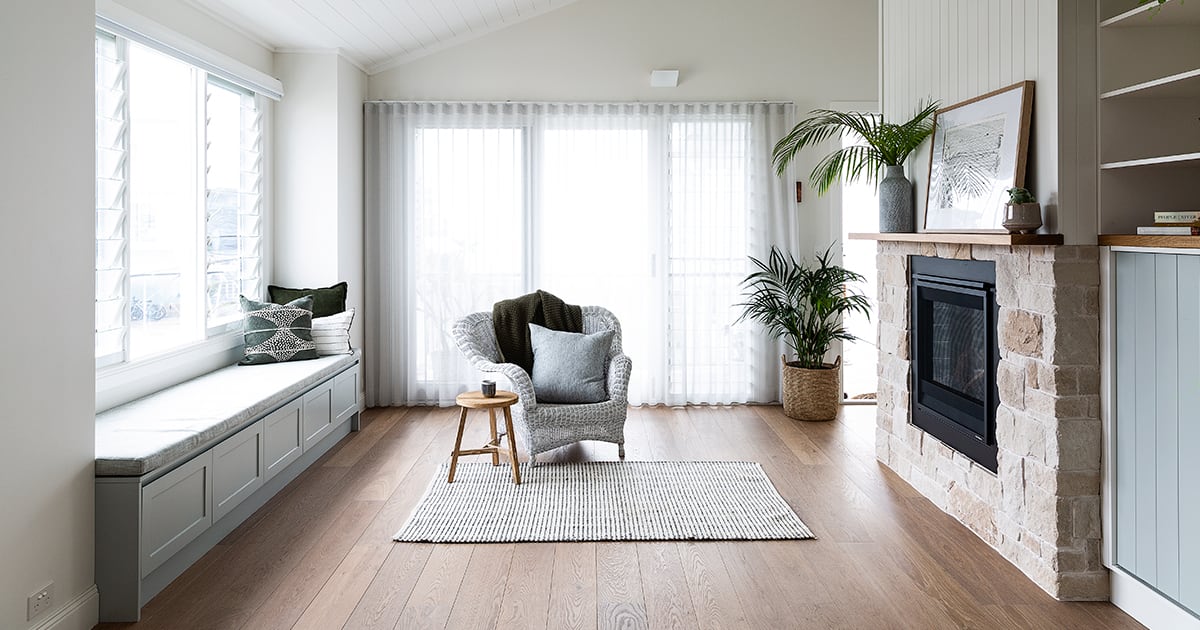Benefits of Sustainable Flooring
18 Nov 2024
Sustainable flooring has emerged as a popular choice for homeowners, businesses, and designers seeking to align their spaces with eco-friendly principles. Beyond its immediate environmental impact, sustainable flooring provides a host of benefits that range from improving indoor air quality to enhancing the durability and longevity of flooring solutions. In this blog, we'll explore the key advantages of sustainable flooring and why it has become a go-to option for conscious consumers who want to minimise their environmental footprint while enjoying long-term financial and health benefits.
1. Eco-Friendly Materials: Reclaimed Timber
Sustainable flooring begins with the right materials, and here at Havwoods we offer an exceptional range of eco-friendly options, including reclaimed timber. Reclaimed wood is repurposed timber from old buildings, barns, and warehouses, reducing the need for new trees to be harvested. This not only minimises deforestation but also gives new life to high-quality, character-rich wood that has already withstood the test of time. In addition, reclaimed timber from Havwoods offers a unique aesthetic - no two planks are the same - creating a one-of-a-kind look that adds warmth and history to any space. By choosing reclaimed timber, you’re not only making an eco-conscious choice but also ensuring that your flooring is both sustainable and stylish.
By opting for these eco-friendly materials, consumers can make a conscious choice to reduce their carbon footprint and promote a healthier planet.
2. Improved Indoor Air Quality
Indoor air quality is a growing concern, especially in enclosed spaces like homes and offices where poor air circulation can lead to a buildup of harmful chemicals and pollutants. Many traditional flooring options, such as synthetic carpets or vinyl flooring, contain volatile organic compounds (VOCs) that off-gas toxic fumes into the air over time. These chemicals can cause health problems such as respiratory issues, headaches, and allergic reactions.
Sustainable flooring, on the other hand, is often made from non-toxic materials that emit fewer harmful chemicals, thereby improving indoor air quality. For example:
- Low-VOC Finishes: Many eco-friendly flooring options, such as reclaimed wood or bamboo, are treated with low-VOC finishes that significantly reduce the emission of harmful gases. These floors help create a healthier environment, especially for children, pets, or individuals with allergies or asthma.
- Natural Fibres: Floors made from natural fibres, such as wool or sisal, do not contain the synthetic chemicals found in traditional carpets. These materials are also biodegradable, further reducing their environmental impact at the end of their lifespan.
Choosing sustainable flooring can make a significant difference in maintaining a healthy living or working space, free from the harmful effects of chemical off-gassing.
3. Durability and Longevity
One of the misconceptions about eco-friendly products is that they might not be as durable as their conventional counterparts. However, sustainable flooring options are often designed with longevity in mind, reducing the need for frequent replacements and repairs, which can contribute to both waste and costs.
- Engineered timbre flooring: The construction of engineered timber flooring delivers both suburb durability and sustainability. The multi-layer construction gives engineered timber flooring more stability than traditional solid timber planks, making it more resistant to climate fluctuations that can cause cupping and bowing in solid planks. Many more plans can be produced from a single tree for engineered timber flooring, making it a much more eco-friendly choice than traditional solid timber planks. Read more about timber and sustainability here.
- Bamboo Flooring: Bamboo is not only sustainable but also extremely tough and resistant to wear and tear, making it suitable for high-traffic areas like kitchens and living rooms. Properly maintained bamboo floors can last as long as traditional hardwood floors.
- Reclaimed Wood: Reclaimed wood often comes from older, more mature trees that were harvested decades or even centuries ago, meaning it tends to be denser and more durable than newly harvested wood. It has already withstood the test of time, making it an excellent choice for long-lasting flooring. See our Relik range of reclaimed timber flooring.
- Cork Flooring: Cork flooring is known for its resilience and ability to recover from minor impacts, such as dents or scratches. It can last up to 25 years or more with proper maintenance.
The durability of sustainable flooring options ensures that they remain functional and aesthetically pleasing for years, reducing the need for replacements and minimising their environmental impact over time.
4. Energy Efficiency
Energy efficiency is another major benefit of sustainable flooring, particularly in terms of insulation and temperature regulation. Some sustainable materials naturally provide better insulation, reducing the need for artificial heating or cooling and thereby lowering energy consumption.
- Engineered Timber Flooring: Engineered wood, a sustainable alternative to solid hardwood, also offers great insulation. Its layered construction provides better stability and reduces the risk of warping in humid conditions, while also helping to maintain consistent temperatures within the room. Explore our engineered timber flooring here.
By improving insulation, sustainable flooring options help to reduce energy consumption, making them not only eco-friendly but also cost-effective over time.
5. Aesthetic Versatility
Sustainable flooring doesn’t require sacrificing style. In fact, many eco-friendly materials offer a wide range of design possibilities that cater to both contemporary and traditional tastes. Reclaimed wood, for instance, brings a unique, rustic charm that’s difficult to replicate with new materials. Bamboo can mimic the sleek appearance of hardwood, while cork provides a soft, natural look that’s ideal for cosy interiors.
Sustainable floors are available in a variety of colours, textures, and finishes, making it easy for homeowners and businesses to find options that align with their design preferences. Whether you’re looking for a modern, minimalist look or a more vintage, rustic feel, there’s a sustainable flooring option to suit every aesthetic.
6. Supporting Ethical Practices
Another key benefit of choosing sustainable flooring is the opportunity to support ethical practices within the supply chain. Many manufacturers of sustainable flooring are committed to fair labour practices, responsible sourcing, and reducing their overall carbon footprint. By choosing eco-friendly flooring, consumers are supporting companies that prioritise environmental conservation and social responsibility.
This can have far-reaching effects, from reducing the demand for illegal logging to improving working conditions for those involved in the production process. When consumers opt for sustainable flooring, they’re making a broader ethical decision that aligns with their values and contributes to global sustainability efforts.
Transforming Spaces and Contributing to a Greener Future
Sustainable flooring is more than just a trend—it’s a responsible choice that offers numerous benefits for the environment, health, and finances. From using eco-friendly materials to improving indoor air quality and increasing durability, sustainable flooring solutions provide long-term value while reducing their environmental impact. Whether you’re a homeowner, a business owner, or a designer, choosing sustainable flooring is a step towards transforming your space in a way that aligns with both aesthetic preferences and eco-conscious principles.
By making this choice, you’re not only creating a beautiful and functional space but also contributing to a greener, more sustainable future for generations to come.






